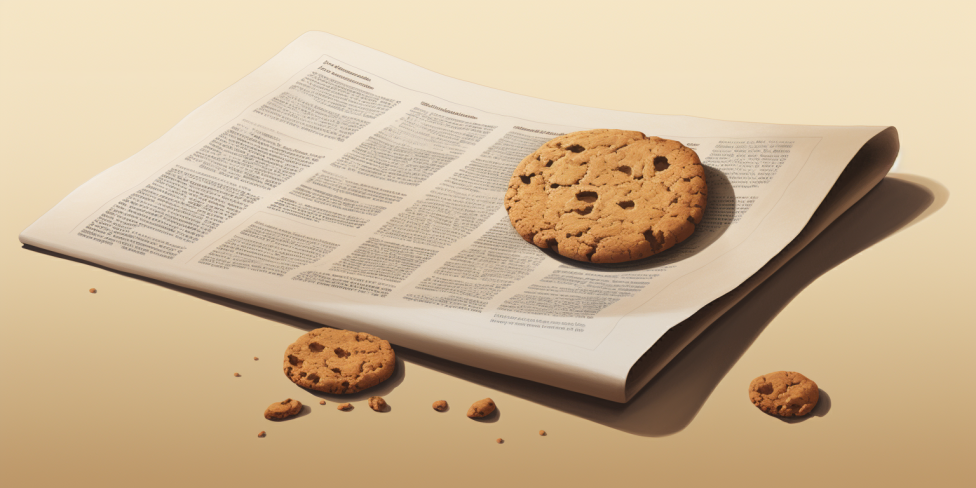 While studies have demonstrated a correlation between Twitter and TV viewership in the past, we have yet to see anything specifically about the UK. However, today Kantar Media, an independent audience research company, provided an in-depth look at Twitter’s impact on TV.
While studies have demonstrated a correlation between Twitter and TV viewership in the past, we have yet to see anything specifically about the UK. However, today Kantar Media, an independent audience research company, provided an in-depth look at Twitter’s impact on TV.
The results were interesting, partly because they validate Twitter as a TV companion, but also because they show that even Twitter isn’t quite delivering the second screen revolution some were hoping for. For example, the study found that Twitter activity has a direct, positive influence on viewing figures during broadcast for 11 percent of programmes, boosting audiences by an estimated 2 percent during those shows. While those figures might sound a little disappointing for those interested in the evolution of the second screen (i.e. 89 percent of programmes aren’t influenced by Twitter), a two percent jump is certainly not to be sniffed at, especially when you’re talking about the kind of audiences that TV shows attract.
The data for the study came from Twitter and BARB and news and live sports programmes were excluded. Other findings included:
- Kantar found what they call a ‘Twitter TV Top 30’. In terms of volume of tweets, the top 30 TV series (excluding live sport and news programmes) account for 50 percent of all measured UK Twitter TV activity and 9 percent of viewing volume.
- TV Tweet levels broadly correlate with TV channel shares and programme/series viewing figures across a broad time period, although some channels over-perform on Twitter relative to audience share.
- Of the TV Tweets analysed, there was a noticeable skew towards entertainment, talent shows, constructed reality, documentaries, soaps, special events and some dramas, including Sherlock, Downton Abbey and Doctor Who, where there is a cult or younger following.
- Twitter TV activity correlates with audience size at a broad level: the shows with the largest volume of Twitter TV activity tend to have higher audiences. However smaller shows can gain disproportionate levels of Twitter activity if they are ‘social TV friendly’, for example encouraging participation or skewing to a younger audience.
“People have always talked about TV with friends and family, and Twitter extends these conversations outside the living room,” says Andy Brown, Global CEO of Kantar Media. “This extensive study illustrates the positive correlation between Twitter and TV in the UK, but also shows that it is not as straightforward as assuming that a high number of viewers results in a large volume of tweets. ‘Twitter friendly’ shows that encourage tweets during the broadcast or have a younger, evangelical audience for example, can punch above their weight, thereby distorting overall perceptions. This illustrates how proactive encouragement of social TV activity can positively impact programming schedules and advertising campaigns.”
When it came to specific shows, the study found that:
- The X-Factor delivered 9.4m Tweets over the year, winning the title for highest annual number of Tweets for a series and accounting for 8.6 percent of all TV related Tweets across the year and 25 percent of all Tweets in the weeks it was on air.
- The Brits was the top single broadcast show with more than 4m Tweets
- The Most tweeted about drama programme was the 50th anniversary edition of Doctor Who with 501,000 Tweets.
- Love Actually, shown on Christmas Day, was the most Tweeted about film of the year, with 150,000 Tweets, beating Harry Potter and the Half-Blood Prince (shown on 22 December) which had the highest live audience.
- Perhaps unsurprisingly given their fanbase, the most Tweeted about documentary was Crazy About One Direction, which generated more than 132,000 Tweets.




